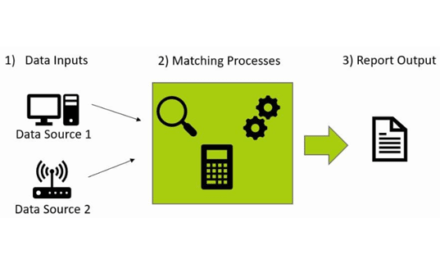Vision 2020
By Paul Kuklinski
New bunker fuel requirements which will be effective in 2020 will have a large impact on crude oil and fuels markets over the next 5 years. An insight as to how trends will evolve and the final result may be gleaned by considering the impact from a refiner’s perspective. OPEC’s response to upstream supply trends, downstream capital spending and the type of projects being funded, and potential political upheaval in important oil producing states will all have a bearing, as well as the response of marine fleet operators.
Going forward, movement in fuels and crude oil prices will likely be increasingly viewed through a wide angle 5 year lens. The final result will be the sum of multiple impacts, all of which need to be monitored.
In 2018, continued OPEC discipline will likely eliminate the surplus in global oil inventories with a balanced market and oil price stability by mid year. Yet there is significant risk that compliance with OPEC’s cut could deteriorate and result in oil price weakness. The high current risk of a political disruption could lead to a shortage. Otherwise, the fundamental short and long term outlook, upstream and downstream, supports firm to higher prices.
WTI crude is $67/B, with a $5/B discount to Brent. The Brent premium averaged $3.92/B in 1Q18 and $3.10/B in 2017, roughly in line with historic norms.
Spot Gulf Coast gasoline prices were $1.87/gal in the latest week, up 10% from the 4Q17 average. Low sulfur diesel prices are $1.94/gal, up 6%. WTI is up 14%. Gulf Coast cracking margins are comparable to last year.
To read the full article, contact [email protected] for a 6 month subscription to the highly regarded monthly road map of future crude oil and fuels prices for $1000.
Paul Kuklinski, founder of independent research firm Boston Energy Research, selects equity investments in the oil and gas sector for major financial institutions which provides a unique perspective on industry trends.









